Experiencing a power surge after a storm can be overwhelming, and knowing what to do can make a significant difference in protecting your home and electrical systems. Electrician in East Ridge often get calls following storms, with homeowners concerned about potential damage to their electrical systems, appliances, and safety. This article will guide you through everything you need to check after a power surge, providing useful tips to prevent further damage and ensure everything is functioning correctly.
Understanding Power Surges and Their Causes
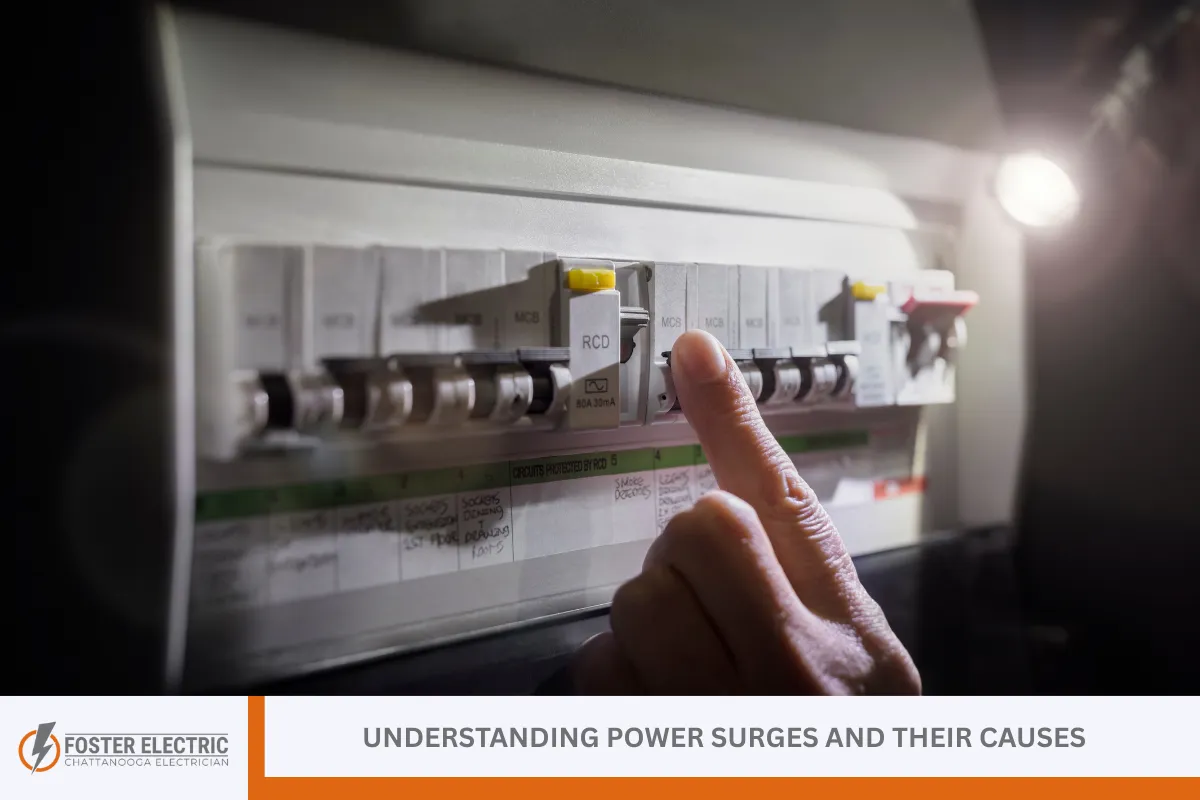
Power surges are sudden increases in voltage within your electrical system. These surges can last only a few milliseconds, but they can cause serious damage to your home’s electrical devices and systems. Surges are typically caused by lightning strikes, issues with utility lines, or downed power lines that lead to a sudden spike in electrical voltage. In East Ridge, TN, where storms can roll in quickly during certain seasons, power surges are a common occurrence.
A lightning strike is the most potent cause of a power surge, as it can directly hit power lines and send a surge into your home’s electrical grid. However, even nearby strikes that don’t hit the power lines directly can cause a surge. Other surges can occur due to power outages or restoration of power after a storm. These surges are often unpredictable and can strike at any time, making it crucial to be prepared and know how to respond.
1. Inspect Your Appliances and Electronics After a Power Surge
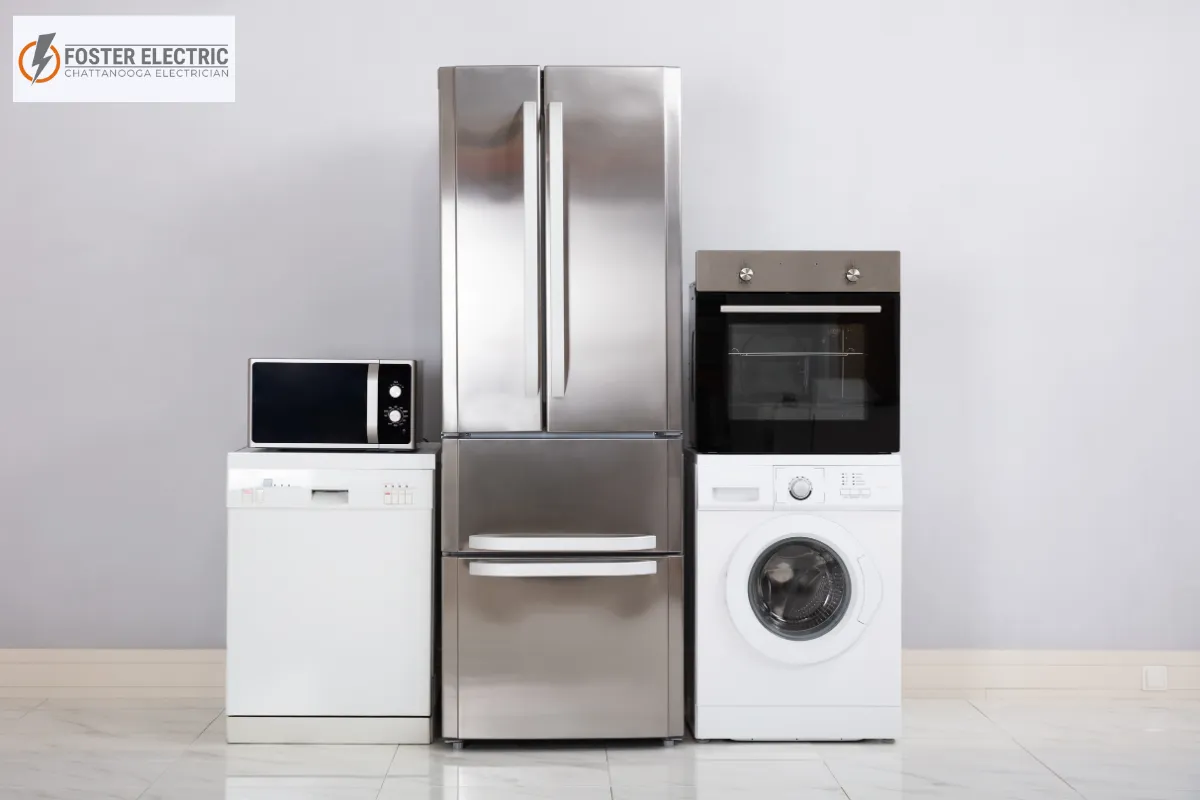
One of the first things you need to do after a power surge is to check all of your home’s appliances and electronics. Power surges can severely affect anything that relies on electricity, from large appliances like refrigerators to smaller devices like televisions, microwaves, and computers. Here’s how to check for damage:
Unplug Sensitive Devices
The safest thing to do immediately after a surge is to unplug all electronics and appliances that are connected to power outlets. By doing this, you prevent further damage to your appliances if the surge continues or reoccurs. Some devices have sensitive internal components that can be fried in just a few milliseconds of overvoltage.
Look for Visible Damage
Inspect the devices closely for any visible signs of damage. If you notice burn marks, a strange smell, or sparks coming from an appliance, it may be a sign that a surge has damaged the device. In some cases, appliances may appear normal on the outside but fail to function properly once they are plugged in again.
Test Functionality
Once you’ve unplugged everything and ensured there are no immediate hazards, it’s time to plug the devices back in one by one. Start with the most essential appliances, like the refrigerator or air conditioner. Check whether each item operates correctly. If you find that any device isn’t working properly, it may have been permanently damaged by the power surge.
2. Inspect the Circuit Breakers
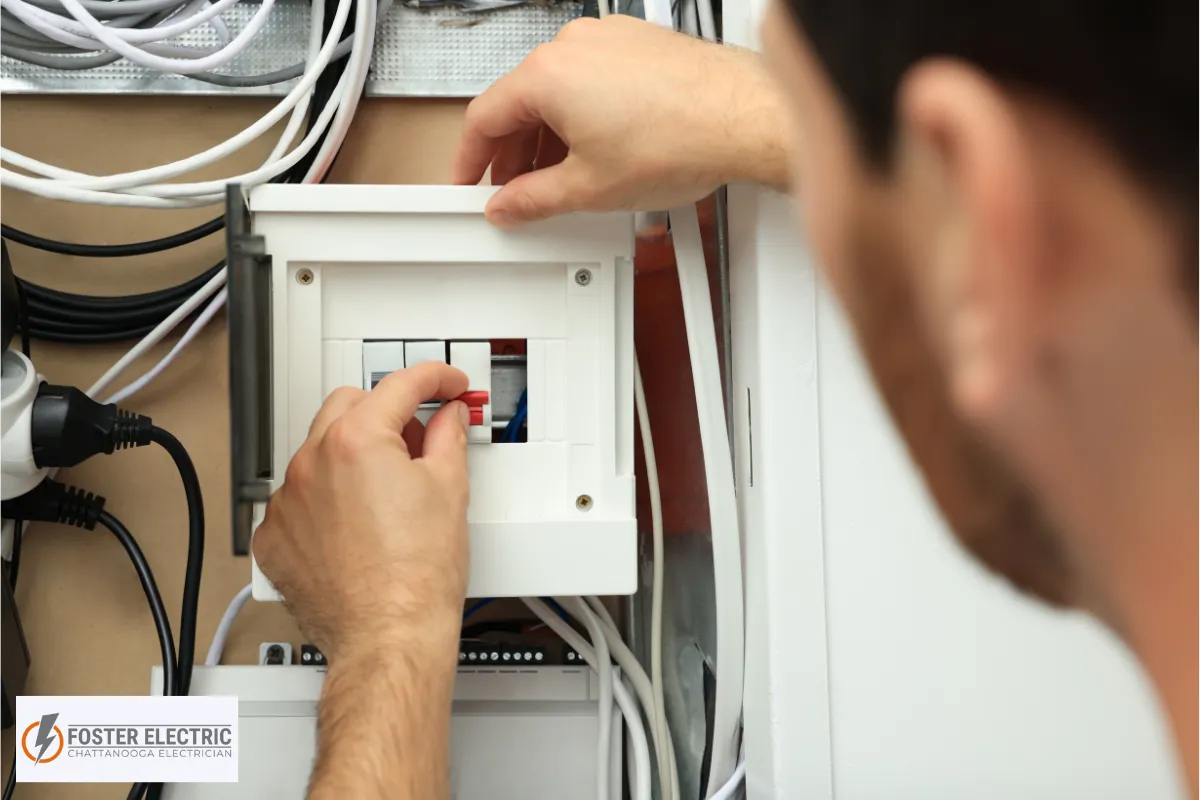
Circuit breakers are designed to protect your electrical system by interrupting the flow of electricity in the event of an overload or short circuit. After a power surge, it’s essential to check your breaker box to ensure it hasn’t been triggered or damaged.
Reset Tripped Breakers
A power surge often causes circuit breakers to trip. This is a safety feature that helps prevent further damage. Check your breaker panel and reset any tripped breakers. However, if a breaker keeps tripping, it could indicate a more serious issue, and you may need the expertise of an electrician.
Look for Damage or Burn Marks
Examine the circuit breaker panel for any signs of damage, such as scorch marks, discoloration, or a burnt smell. If you spot any of these signs, it’s essential to call an electrician to check the panel and wiring. The electrical panel should be in proper working order to prevent future electrical hazards.
3. Examine Your Home’s Wiring
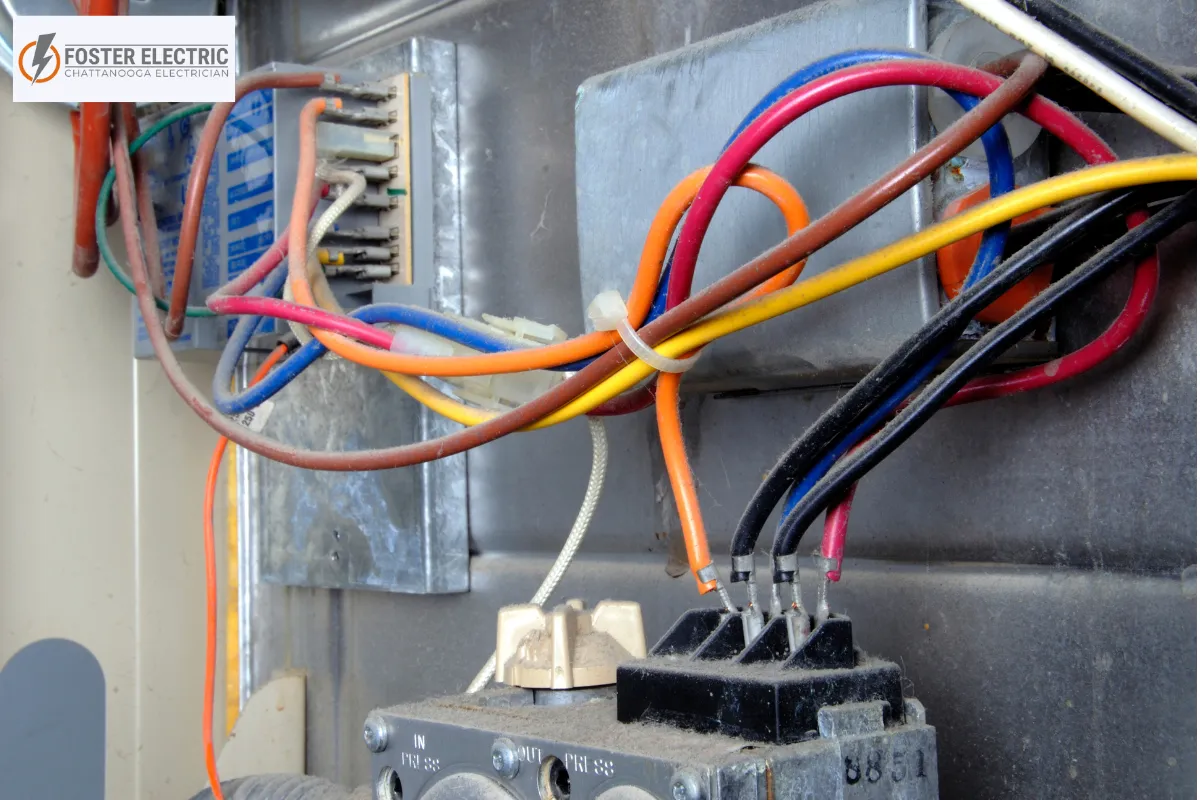
Electrical wiring is an integral part of your home’s electrical system, and it’s crucial to inspect it after a power surge. Damaged wiring can pose a significant fire hazard, so checking for issues promptly is essential.
Look for Burn Marks or Frayed Wires
If you see any scorch marks, melted insulation, or exposed wires, it’s time to contact an electrician to perform repairs. Power surges can overheat wiring, causing these issues. Even small signs of damage should be addressed immediately.
Inspect Power Outlets and Switches
Take a look at the power outlets and switches around your home. If they seem loose or give off a burning smell, there might be damage to the wiring behind them. A licensed electrician should inspect and repair any wiring-related issues.
4. Test Smoke Detectors and Other Safety Devices
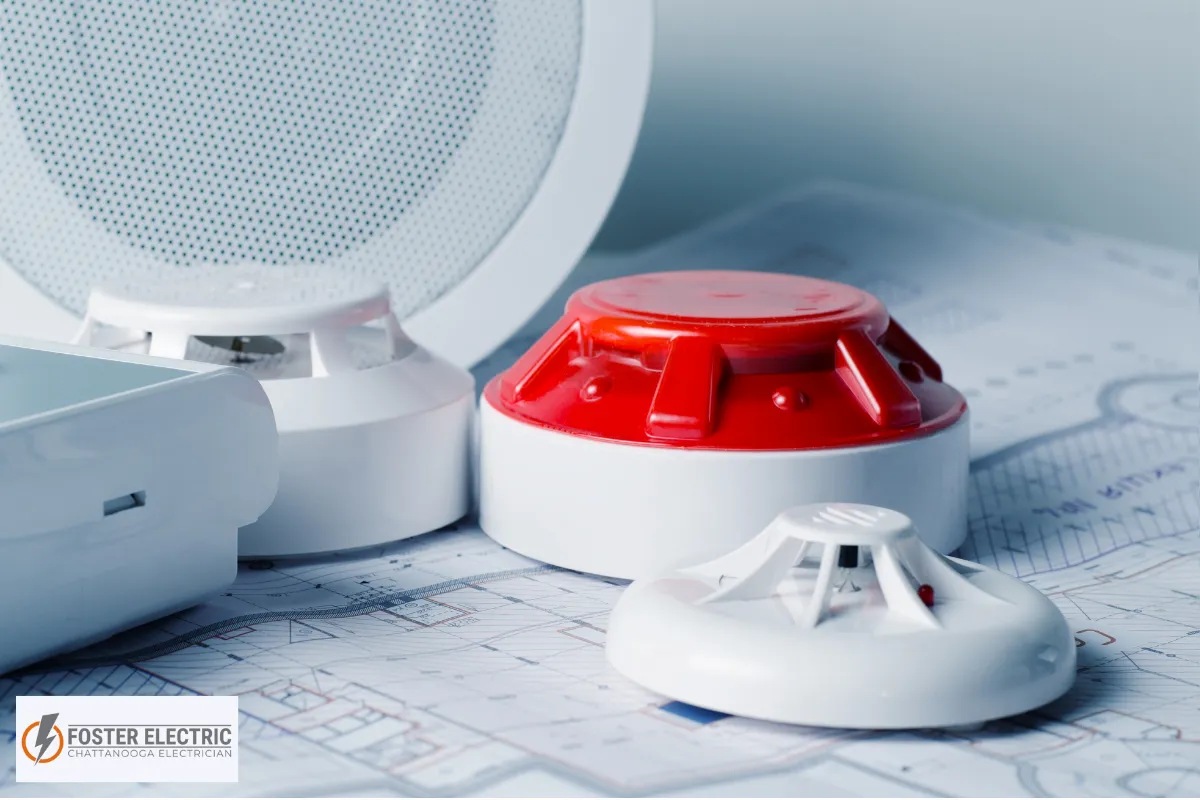
After a power surge, always check your smoke detectors, carbon monoxide detectors, and any other safety systems in place. These devices are powered by electricity, and a power surge may affect their performance.
Test Smoke Detectors
Press the test button on each smoke detector to ensure they are functioning properly. If the detectors do not sound, replace the batteries or consider getting new detectors installed. In the case of a surge, these devices may have been impacted.
Check Carbon Monoxide Detectors
Carbon monoxide detectors are another important safety device that could be affected by power surges. Just like with smoke detectors, ensure that these are functioning correctly. Test the alarms and replace the batteries as needed.
5. Inspect Outdoor Equipment and Systems
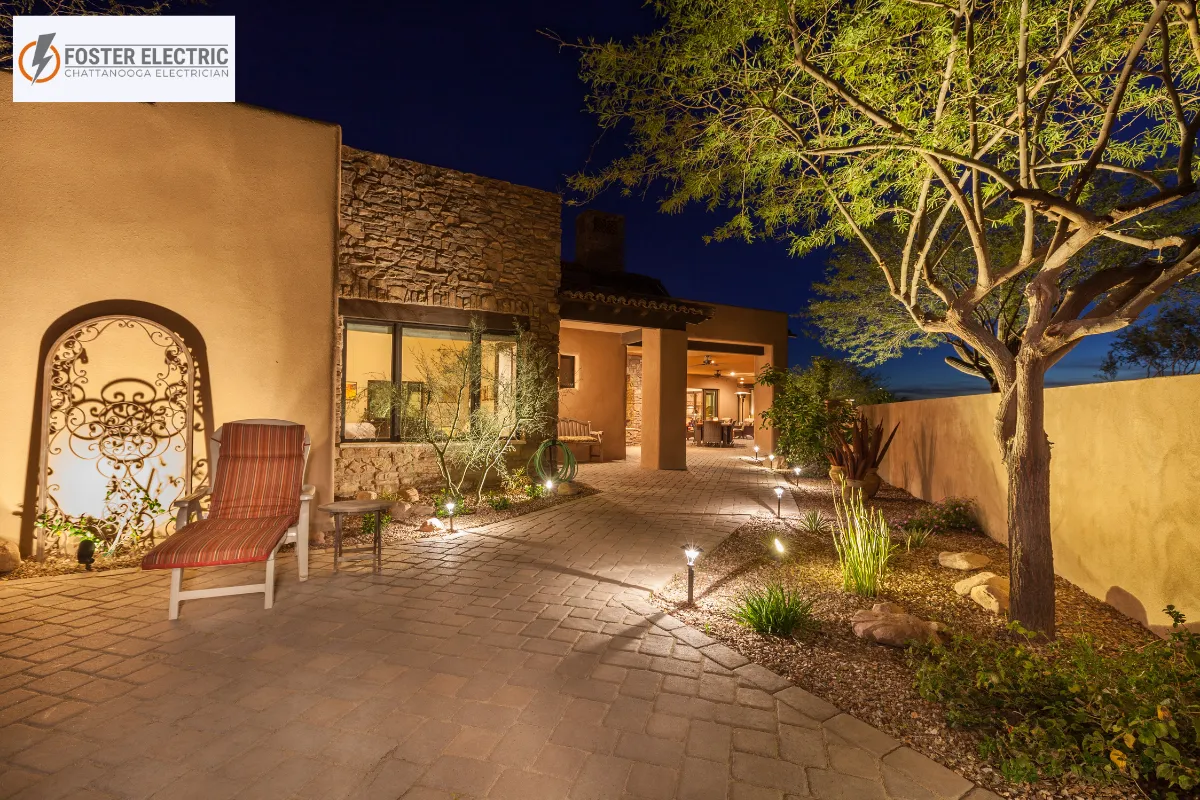
Many homes have outdoor electrical systems, including landscape lighting, irrigation systems, and security cameras. If a power surge occurs, these systems may also be at risk.
Check Landscape Lighting
Outdoor lights are particularly susceptible to surges, especially those connected to the home’s electrical grid. Test each light to ensure it’s still working, and inspect the wiring for any damage.
Inspect Irrigation Systems and Other Devices
If you have an irrigation system or any other outdoor electrical setup, check to see if it’s still operational. Surges can affect controllers, sprinklers, and pumps. If anything appears to be amiss, it may require professional attention.
How to Prevent Future Power Surge Damage
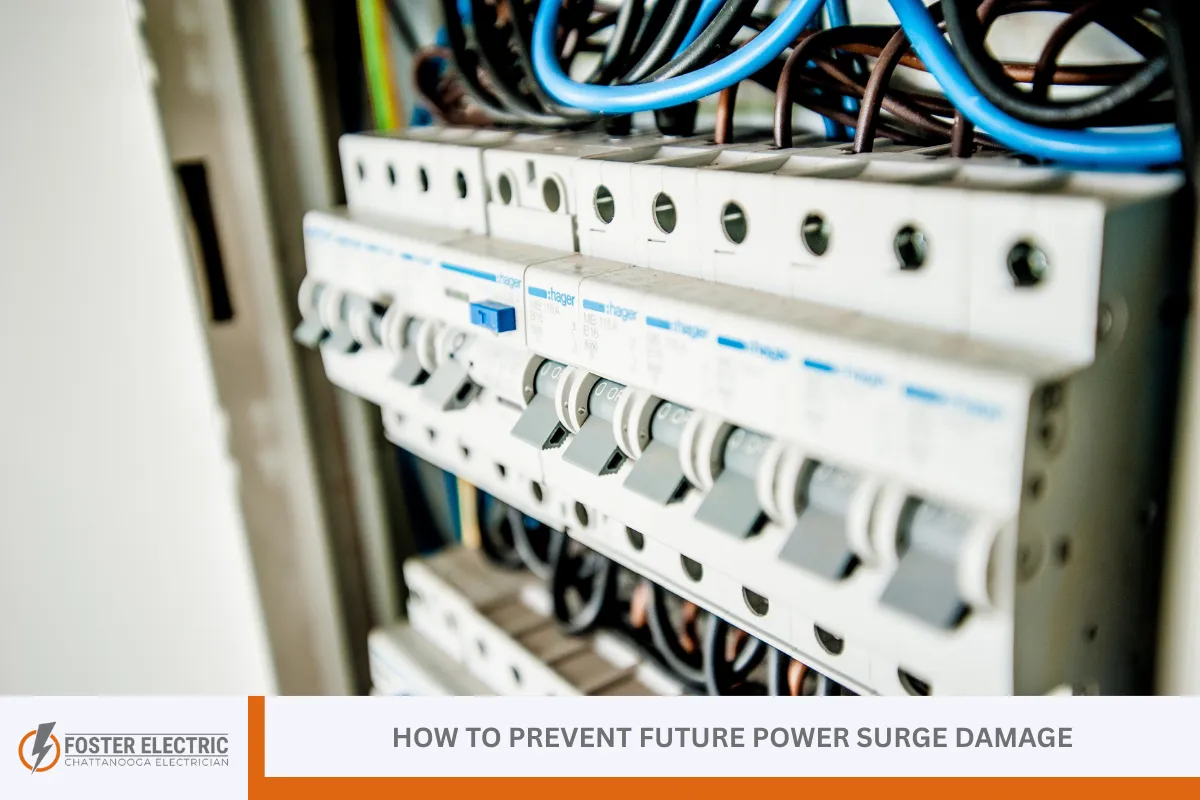
One of the best ways to prevent power surges from damaging your electrical systems is to install surge protection. A surge protector helps absorb the excess voltage and protects your home’s appliances and wiring.
Install Whole-House Surge Protectors
Whole-house surge protectors are installed at your electrical panel and protect the entire home from voltage spikes. These devices offer comprehensive protection for all appliances and electronics in your home.
Use Surge-Protected Power Strips
For individual appliances, consider using surge-protected power strips to protect them from power surges. These devices provide an additional layer of protection, particularly for sensitive electronics such as computers, televisions, and sound systems.
Ensure Your Home’s Electrical Safety After a Power Surge
Power surges, especially those caused by storms, can leave lasting damage to your home’s electrical system. However, by following the steps outlined in this guide, you can minimize the impact and prevent further damage. Checking your appliances, circuit breakers, wiring, safety devices, and outdoor equipment is an essential action that should be taken as soon as possible after a storm. Don’t forget to install surge protectors to safeguard your home against future power surges.
If you discover significant damage or need assistance with repairs, don’t hesitate to contact a local electrician in East Ridge, TN. An expert can help ensure that your home is safe and that your electrical systems are functioning properly. Addressing these issues quickly can save you from expensive repairs and keep your home safe from electrical hazards in the future.
East Ridge Electrician – Foster Electric
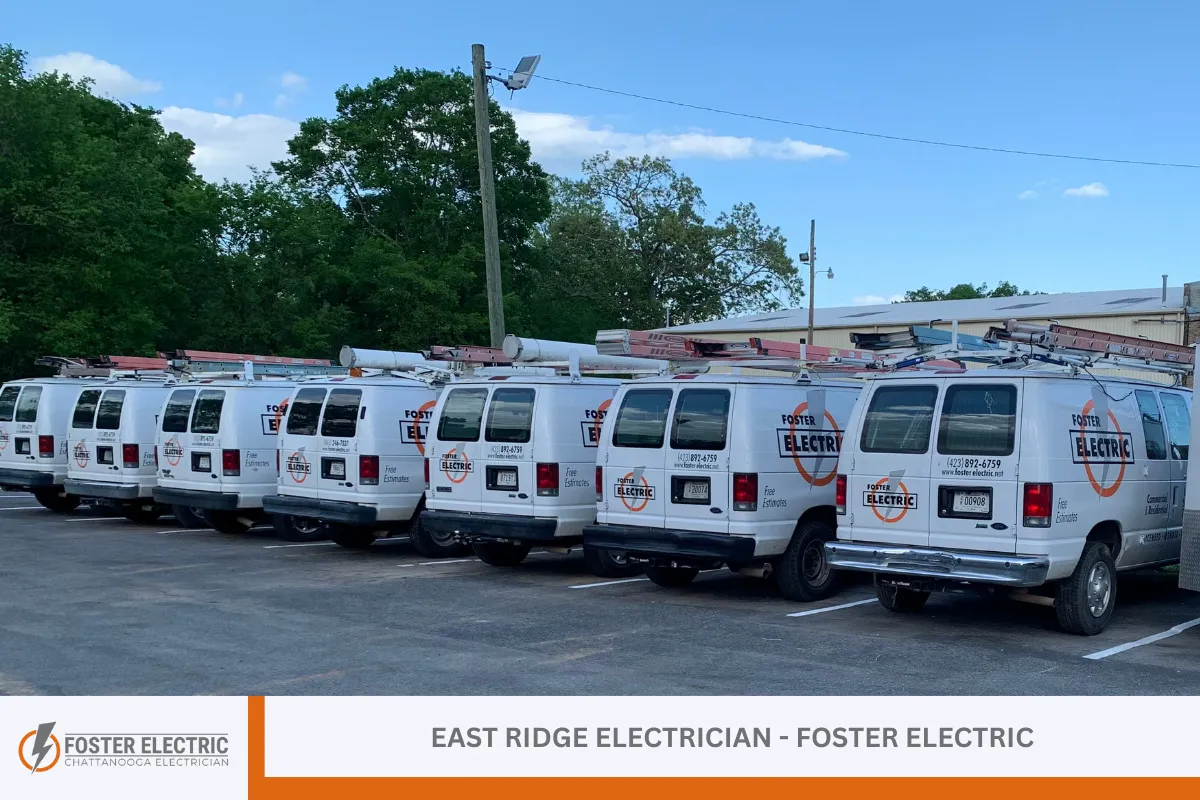
Looking for reliable electrical services in East Ridge? Foster Electric is your go-to solution for all your electrical repair and installation needs. Our team of electricians is equipped to handle a wide range of services for both residential and commercial properties. From electrical upgrades and rewiring to smoke detectors and surge protection, we’ve got you covered.
Whether you need a quick repair or a complex installation, we ensure that the job is done right the first time. Contact us today at (423) 826-7270 for dependable, local electrical experts you can trust!
Frequently Asked Questions (FAQ)
1. What causes a power surge during a storm?
A power surge during a storm occurs when there is a sudden spike in electrical voltage. Lightning strikes are the most common cause, as they can directly hit power lines, transformers, or electrical equipment. This surge in power flows through the grid and into homes, potentially damaging electrical systems and appliances. However, power surges can also be caused by:
- Downed power lines: Storms may bring down power lines, causing voltage spikes.
- Electrical grid malfunctions: Utility equipment may fail during a storm, causing power surges to be sent into the system.
- Nearby lightning strikes: Even if lightning doesn’t directly strike a home, it can still affect the power lines and cause a surge.
Power surges can be very brief but intense, and they can damage electrical equipment that is connected to the grid.
2. How do I protect my home from power surges?
To protect your home from power surges, consider installing the following:
- Whole-house surge protector: A surge protector installed at your electrical panel shields your home from voltage spikes. It’s an effective way to protect all of your electrical devices at once.
- Surge-protected power strips: For sensitive appliances like computers, TVs, and microwaves, use surge-protected power strips to absorb extra voltage.
- Unplug devices during storms: When a storm is approaching, unplug devices from power outlets to prevent them from being damaged by a surge.
These simple steps can help safeguard your appliances, electronics, and wiring from the potential damage caused by power surges.
3. How can I tell if a power surge damaged an appliance?
After a power surge, you should carefully inspect all electrical appliances in your home. Look for these signs to identify potential damage:
- Burn marks or smells: Check for scorch marks or a burning smell, which are clear indicators that an appliance has been damaged.
- Unusual operation: If an appliance operates erratically or fails to turn on, it could be due to internal damage caused by the surge.
- Blown fuses or tripped circuit breakers: A damaged appliance may cause fuses to blow or circuit breakers to trip. If this happens repeatedly when the device is plugged in, it’s likely damaged.
- Dead electronics: Devices that don’t power up even after checking connections could be completely fried by the surge.
If you notice any of these issues, it’s best to have the appliances professionally inspected or replaced.
4. How do I reset my circuit breakers after a power surge?
Resetting your circuit breakers after a power surge is relatively simple, yet crucial for restoring power to affected areas of your home. Follow these steps:
- Locate your circuit breaker panel. The panel is typically located in the basement, garage, or utility room.
- Look for tripped breakers: A tripped breaker will typically be in the “off” position or somewhere between “on” and “off.”
- Reset the breaker: Flip the tripped breaker fully to the “off” position and then back to the “on” position.
- Check for other issues: If the breaker trips again, it could indicate more serious issues, such as damaged wiring. In this case, it’s advisable to call an electrician.
Remember, a breaker that keeps tripping after a power surge may indicate an electrical issue that requires professional attention.
5. Are power surges covered by homeowners’ insurance?
Power surges are generally covered under most standard homeowner insurance policies, but there are some important considerations:
- Check your policy: Some policies may cover damage from power surges as part of a broader electrical failure. However, coverage varies from one insurer to another.
- Lightning strikes: In many cases, if a surge is caused by lightning or a storm, your policy may cover the damage to appliances, electronics, and wiring.
- Surge protection exclusion: Some insurers may require proof of surge protection installation to be eligible for coverage. Make sure your home is equipped with surge protectors, especially if you live in an area prone to storms.
Always review your insurance policy and speak with your insurance agent to fully understand your coverage for electrical surges.
Read more: Top Benefits of Whole-Home Surge Protection by East Ridge Residential Electricians
